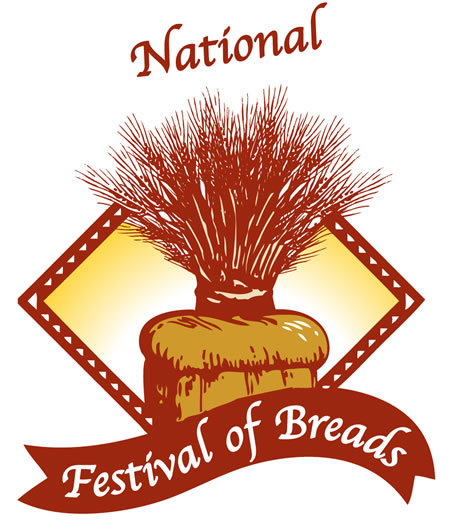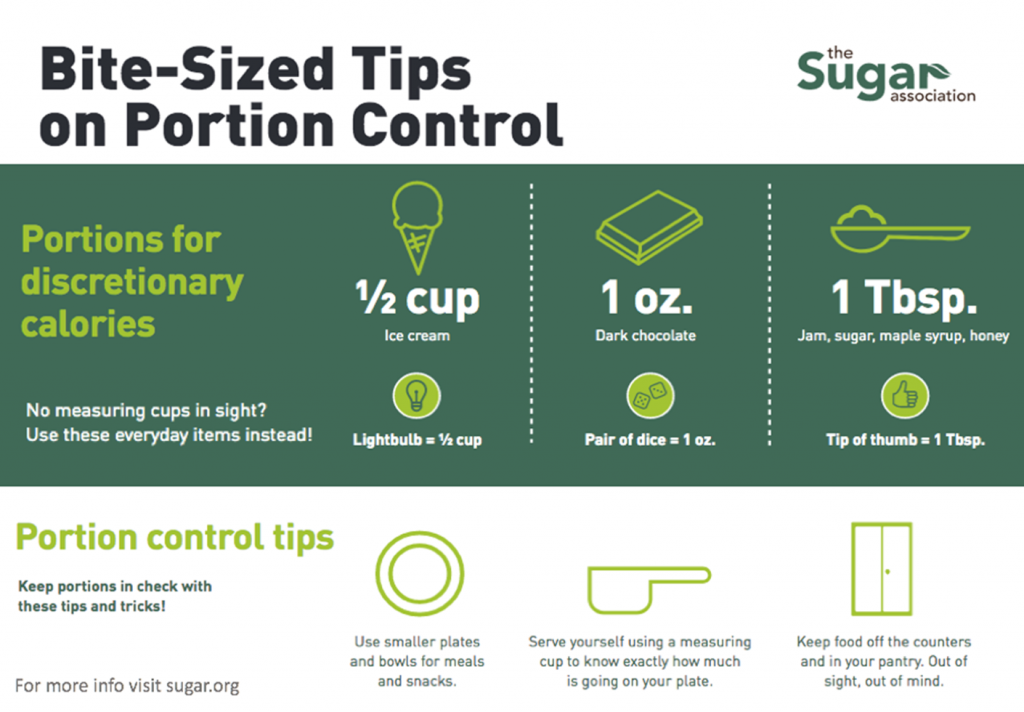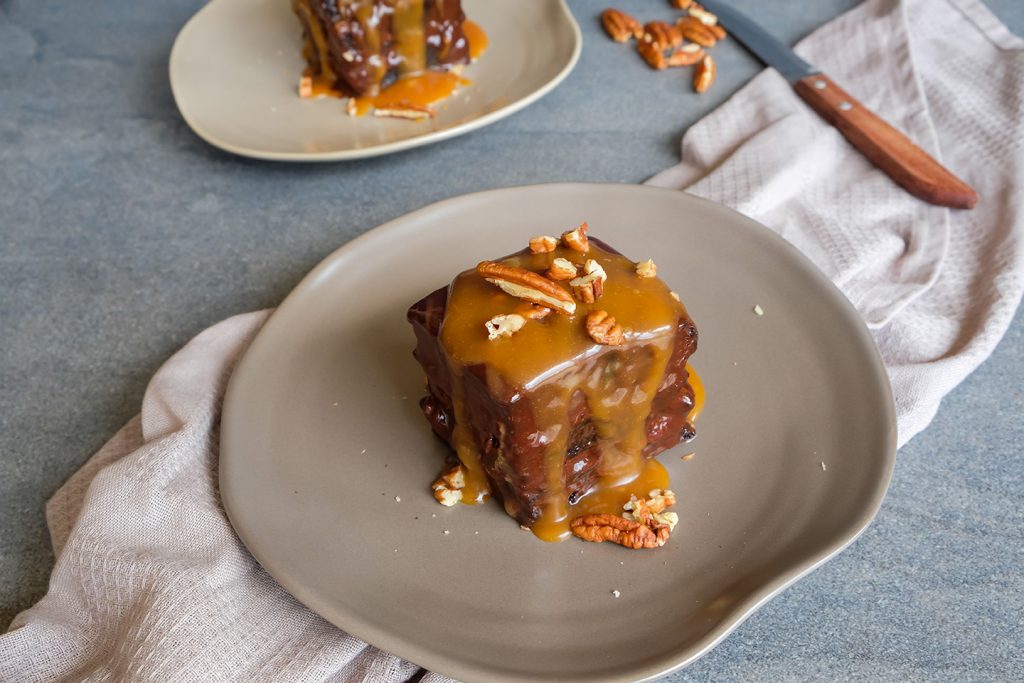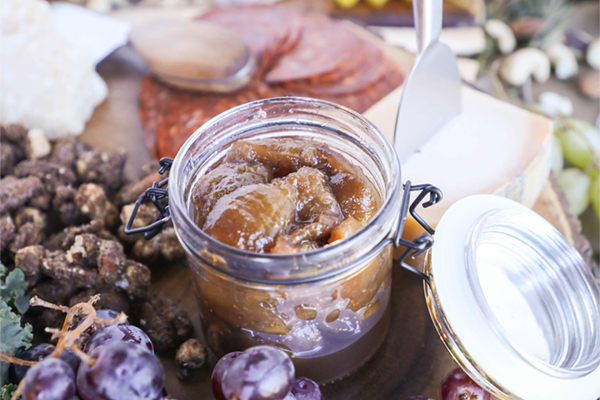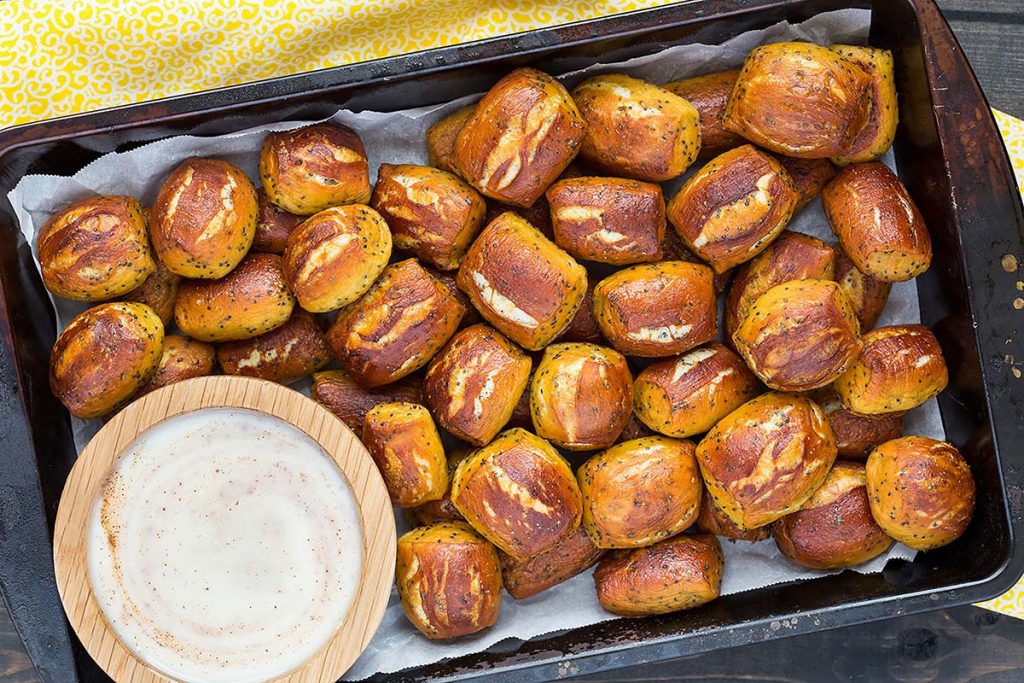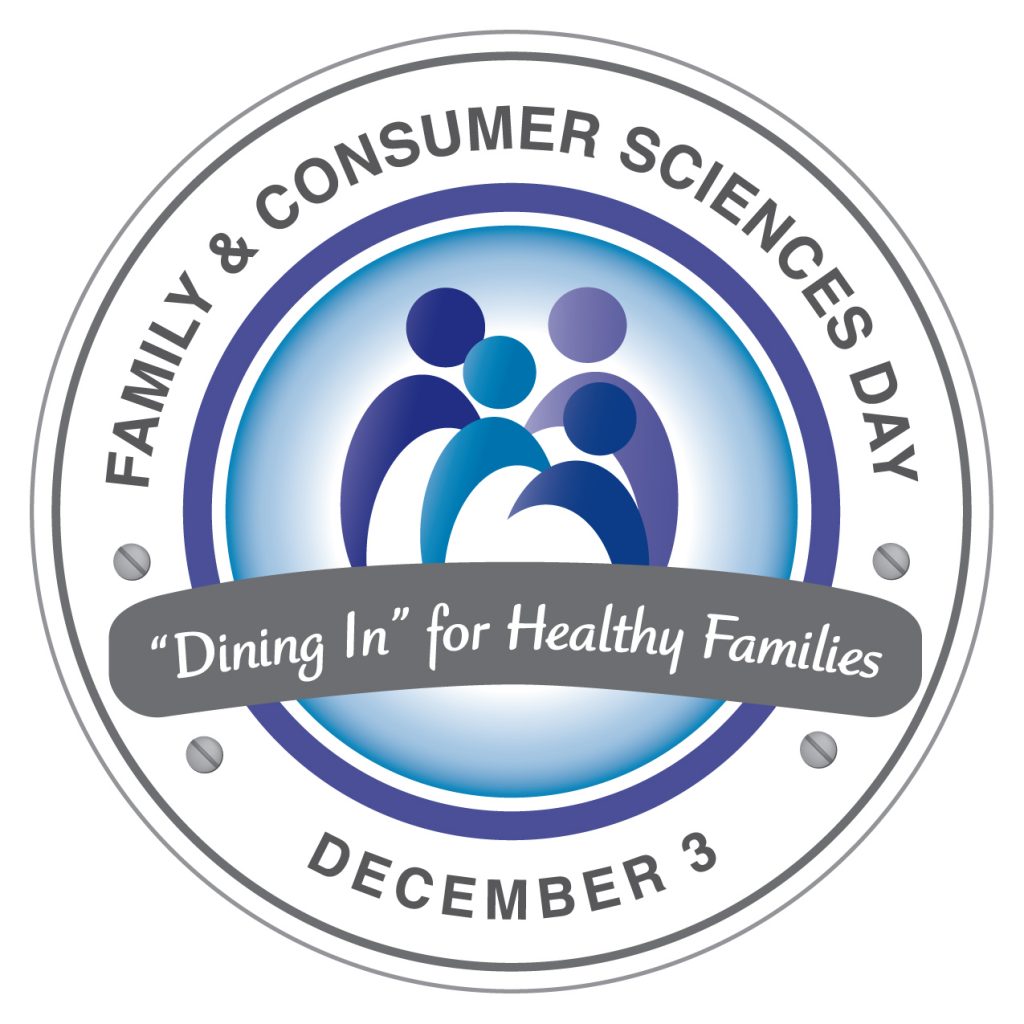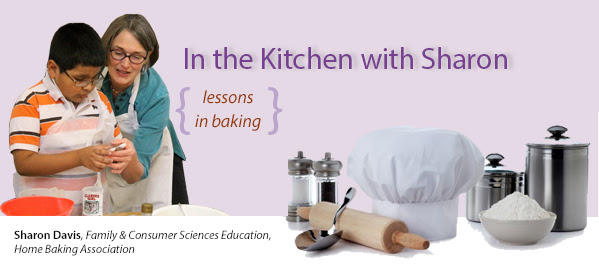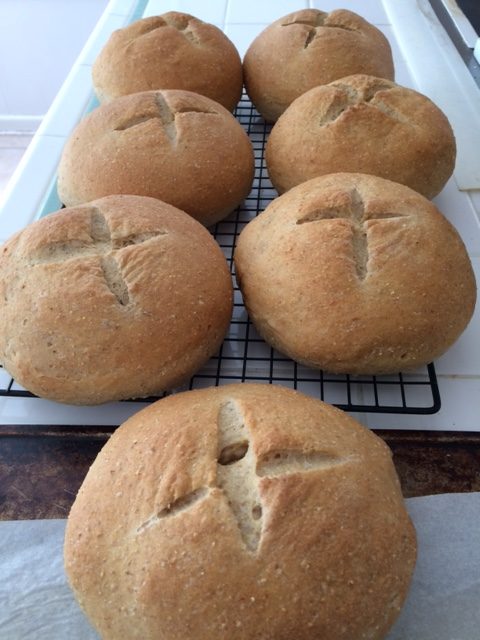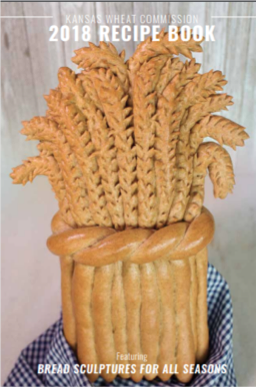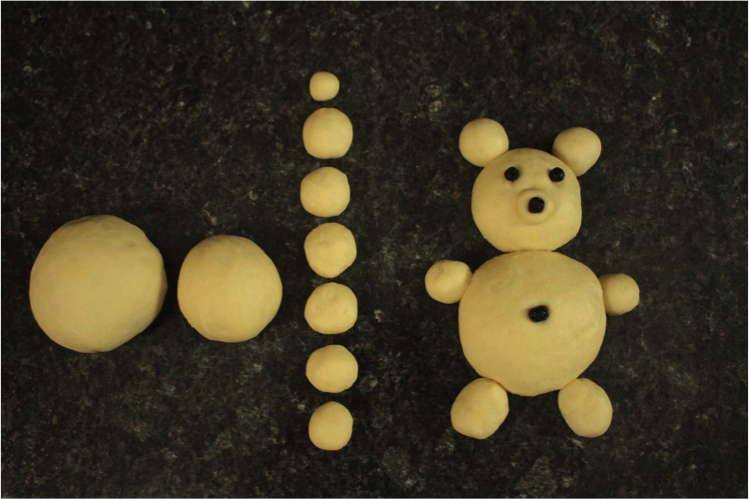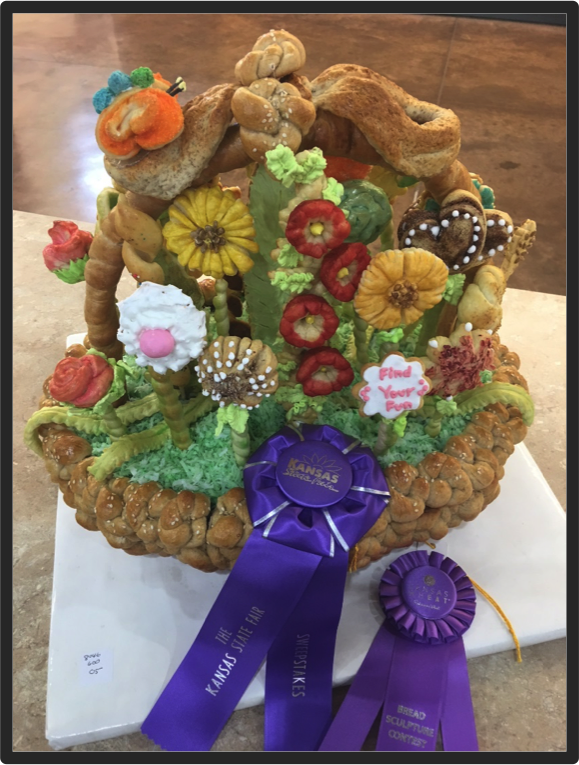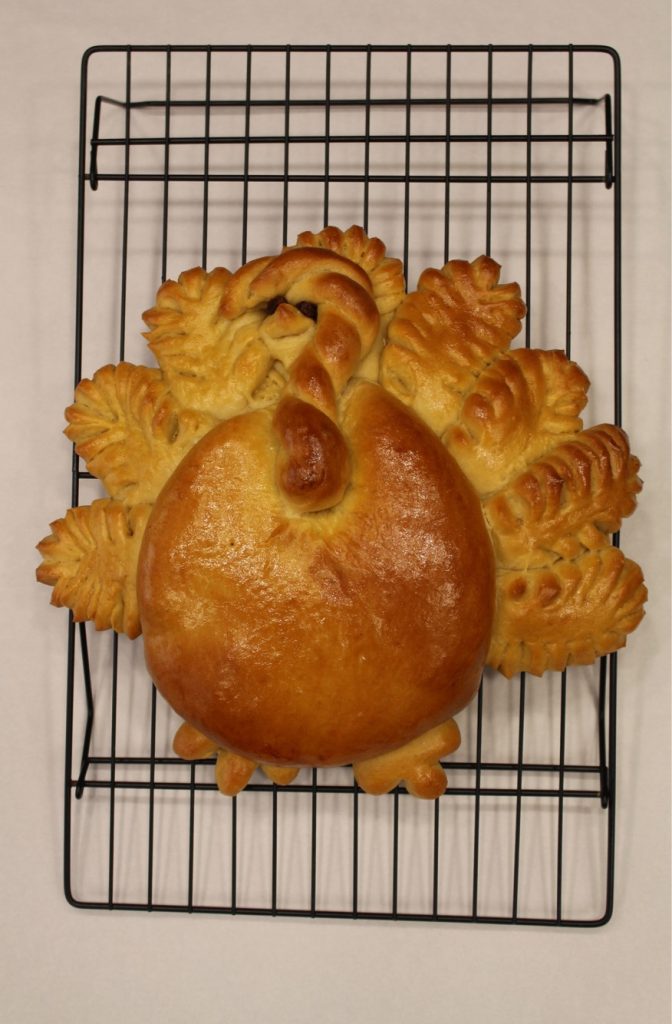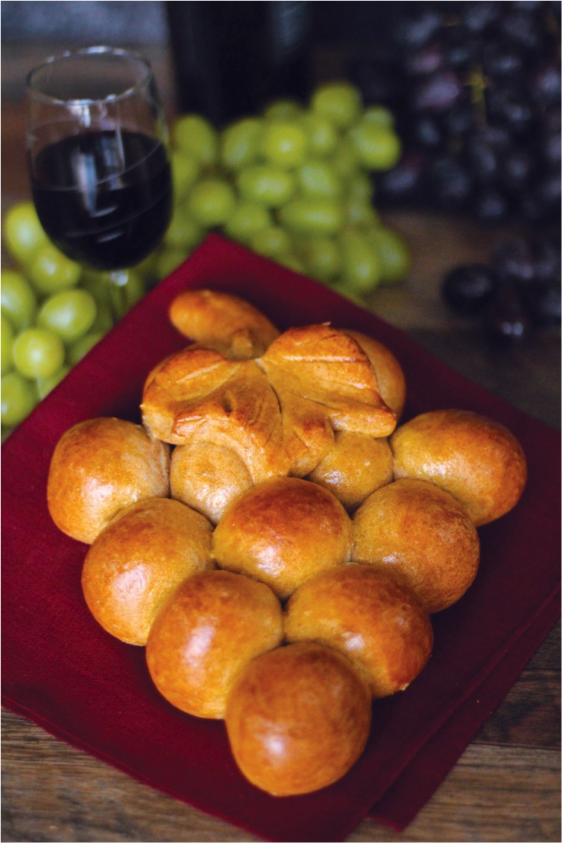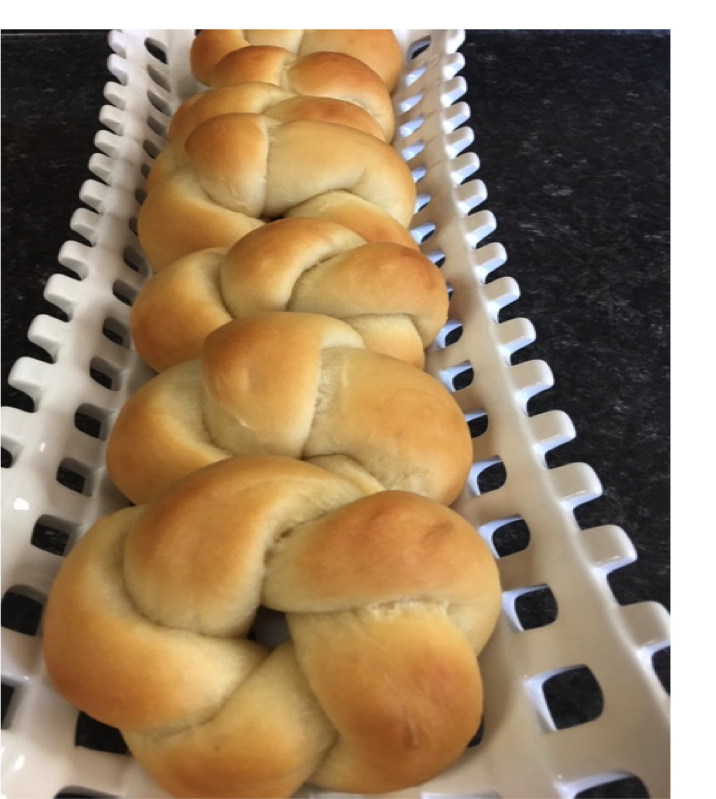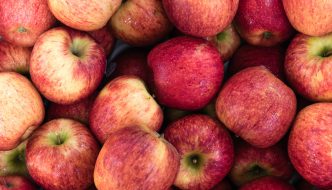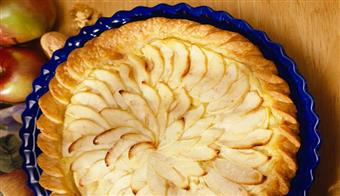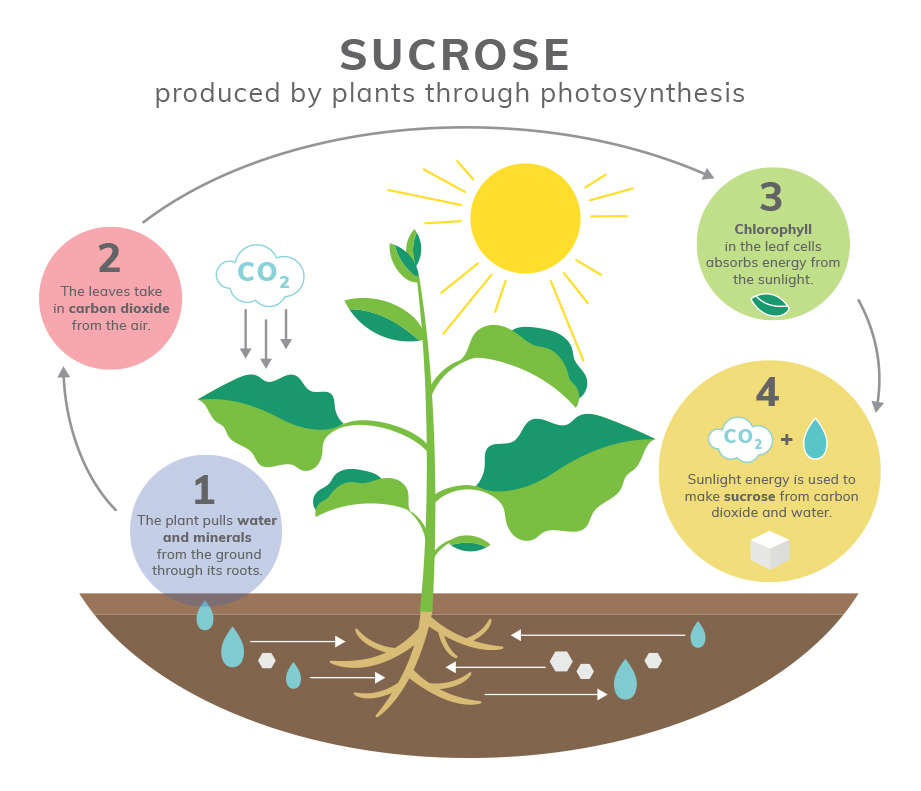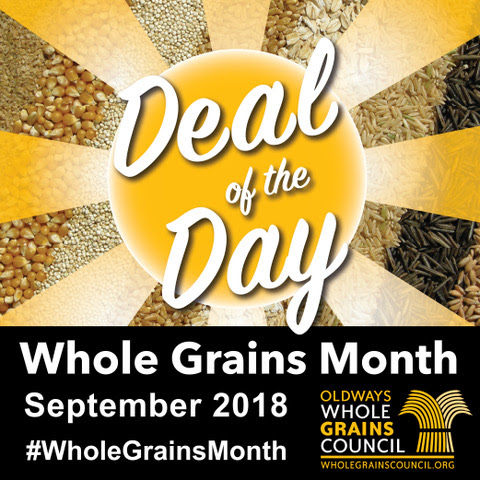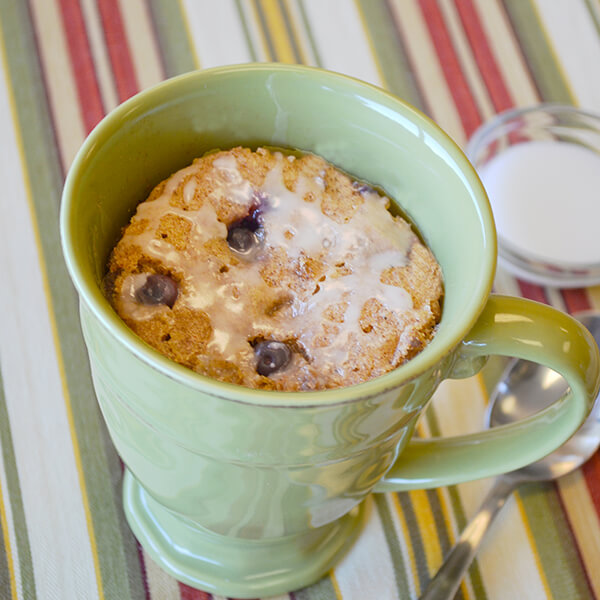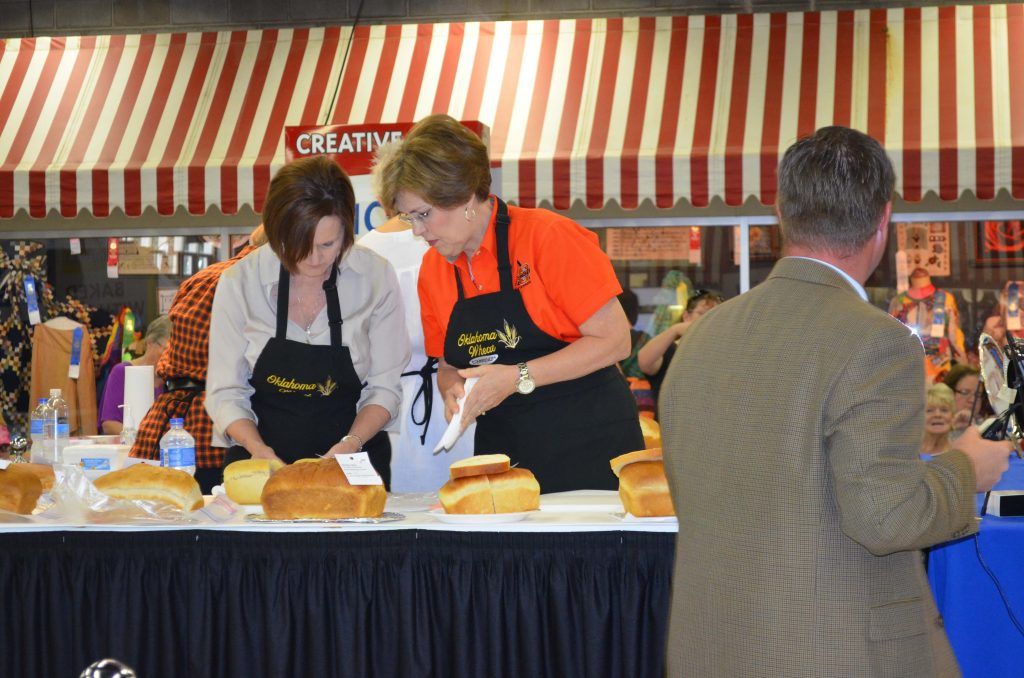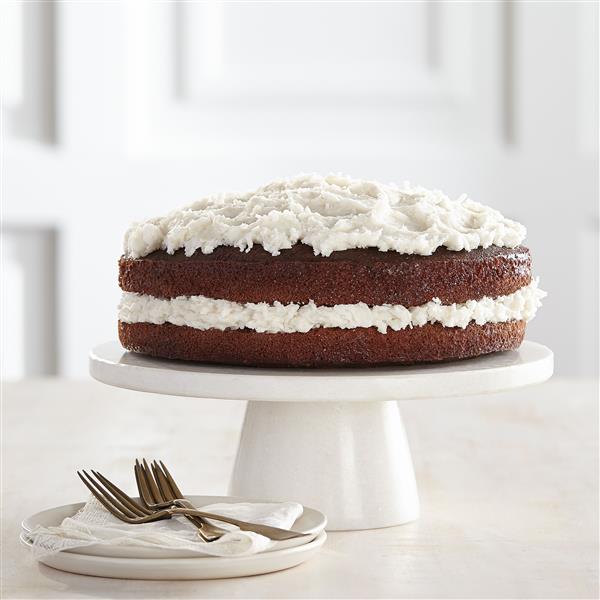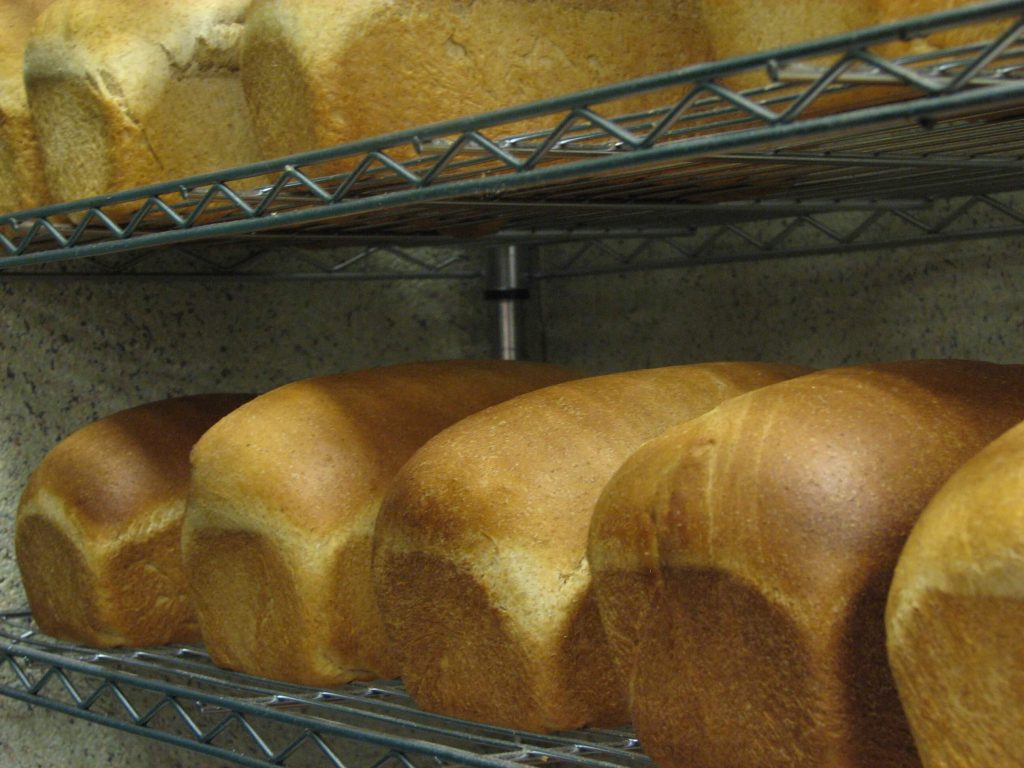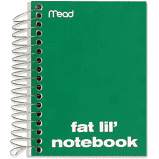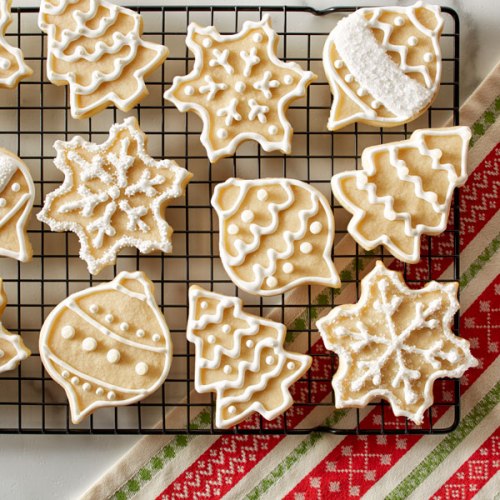
The Sugar Association and Home Baking Association have joined together to celebrate the holiday season by helping you turn your kitchen into a wonderland of fun! Everyday pantry ingredients like flour, sugar, and spices can become a magically delicious world that the Sugar Plum Fairy herself would love.
Holidays are the perfect time to gather together in the kitchen for some family baking fun! With the Home Baking Association’s handy baking skills guideline Thrill of Skill, family members of all ages can get into the action – from age two and up.
Remember to always start with washing hands. Encourage young bakers to begin baking using six simple baking food safety steps. Baking Food Safety 101 provides the steps, including a checklist, and an internal temperature guide for doneness. Let older children help younger kids to measure, stir, and of course clean-up!
Parents can use the Ten Tips for Baking Success guide to help get organized before the baking begins. From gathering ingredients and equipment to allowing extra time when baking with children.
Tis also the season for sharing. Remember to make some extra goodies and let family members deliver baked treats to neighbors, teachers, or community programs. Get everyone involved and decide what to bake and where to share. Baking together is a wonderful way for the entire family to contribute to the community.
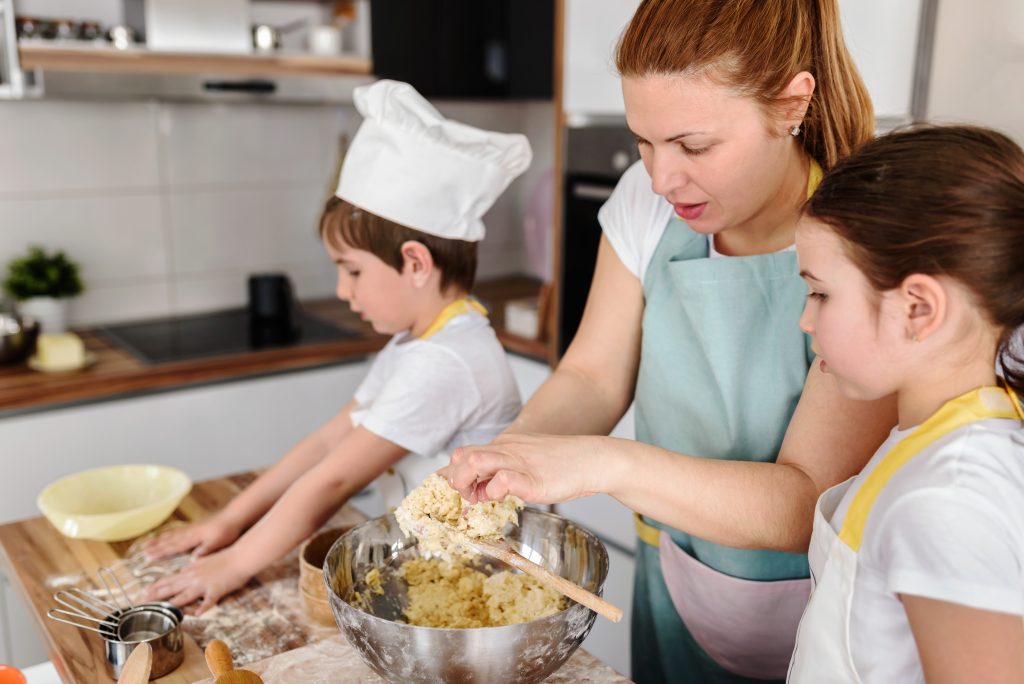
From savory to sweet, the Home Baking Association is a wonderful resource for recipes the whole family can make together. Refrigerator Potato Dough is perfect for yeast rolls or even to make a beautiful wreath. Dough Sculpting 101 provides the recipe and helpful tips for shaping the edible art and more ideas for holiday fun!
Looking for a sweet treat to share? How about a Quilt Cake? Let each family member decorate and create a unique block for the cake. Create this fun dessert to share after playing in the snow or a caroling partyaround the neighborhood. Adding colorful sanding sugar is extra festive and perfect for decorating holiday cookies too.
Baking treasured family recipes can become a holiday tradition and a wonderful way to ensure they are passed from one generation to the next. Invite grandparents, aunts, uncles, cousins, or friend to come join the baking festivities. Don’t worry if you haven’t any passed-down recipes – start now and create your own family favorites or learn a new tradition from someone else. To make it even more “rewarding” here’s a printable baking certificate so everyone remembers the family baking fun!
With the hustle and bustle of the holidays it doesn’t matter how simple or fancy the baking activity. Spending time together as a family will create memories that last and grow for years to come!
About the Sugar Association:
The Sugar Association, founded in 1943, is the scientific voice of the U.S. sugar industry. The association is committed to making a difference by continuously supporting scientific research and sharing its knowledge that there’s more to sugar by increasing consumer understanding of and confidence in the role that sugar plays in a nutritious, balanced and enjoyable diet. The Sugar Association represents nearly 12,000 beet and cane sugar growers, as well as processors and refiners of sugar. The U.S. sugar industry generates 142,000 jobs in 22 states and contributes $20 billion to the economy annually. For more information, visit www.sugar.org, follow us on Twitter, and connect with us on Facebook.
About the Home Baking Association:
The Home Baking Association (HBA) www.homebaking.org mission of “growing the practice of home baking” could not be timelier due to economic conditions and other societal changes. The fact is more meals are being prepared at home, and this organization is at the forefront in sharing our tools and knowledge to not only current bakers, but future generations as well. In recent years, more people learned about HBA than ever before, keeping the momentum of this non-profit organization going strong.
